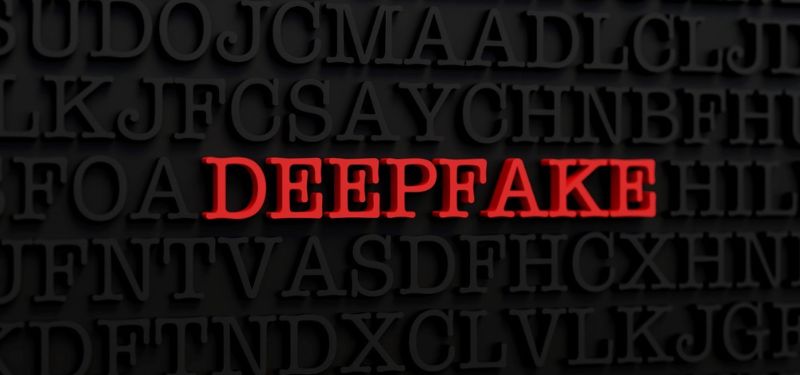Two out of three cyber security professionals saw malicious deepfake technology used as part of a strike against businesses in 2022, a 13% increase from the previous year, with email as the top delivery method. The rise of deepfake technology presents a new and growing threat to industries worldwide. Deepfakes are realistic and often undetectable videos or images created using artificial intelligence and machine learning to manipulate and replace someone’s likeness in existing footage. While they have been associated with political manipulation and misinformation, they also pose a significant risk to businesses regarding reputation damage, security, and financial loss.
How Are Deepfakes Impacting Businesses?
One way of the most common and effective ways is through the spread of false information. For example, a malicious actor could create a deepfake video of a CEO making racist or controversial statements, causing a public relations nightmare for the company. This could lead to a loss of customers, damage to the brand’s reputation, and even legal repercussions.
Deepfake Phishing: The Most Persistent Threat Got an Upgrade
Deepfake phishing grew by 3,000% in 2023. This type of cyber-attack is where scammers use artificial intelligence technology to create fake videos or audio recordings that appear to be from a trusted source, such as a company executive or employee. These fake messages are then used to trick the recipients into giving away sensitive information or transferring funds to the scammer.
Comprehensive Risk Management Strategy for Deepfake Threats
In order to defend against the dangers of deepfake threats, businesses need to take proactive steps to protect their assets and reputations. Here are some key ways in which companies can protect themselves from these attacks:
Employee Awareness and Training
Companies should conduct regular training sessions to raise awareness about the dangers of deepfakes and provide guidance on how to identify and respond to potential threats.
Deepfake Detection Tools
Implementing the following tools can help protect your business from fraudulent activities and maintain customer trust. Deepfake technology will continue to improve, but so will the software to help protect your organization. Here are some of the tools and techniques available to detect deepfakes:
- Sentinel
- Intel’s Real-Time Deepfake Detector
- WeVerify
- Microsoft’s Video Authenticator Tool
- Phoneme-Viseme Mismatches
Secure Communication Channels
Implementing secure communication channels, such as encrypted emails and virtual private networks (VPNs), can help prevent unauthorized access to sensitive information that could be used to create deepfakes.
Monitor and Track Online Presence
Regularly monitoring social media platforms, online reviews, and other digital channels can help identify and address any instances of deepfake attacks before they escalate.
Verify the Source of Information
Verifying the authenticity of information, especially from external sources, is essential in preventing the spread of deepfake content. Businesses should establish proper procedures for vetting the credibility of information before sharing it with internal or external stakeholders.
Implement Robust Security Measures
Investing in robust cybersecurity measures, such as firewalls, anti-virus software, and intrusion detection systems, can help protect businesses from cyber threats, including deepfakes. You should also consider an outside IT and cybersecurity company, such as TCI Technologies, to establish security measures and manage your company’s network 24/7.
Get Ahead of the Problem
The threat of deepfake technology is real and can have severe consequences for businesses. By implementing the strategies mentioned above, companies can safeguard themselves against the ever-evolving threats from deepfake attacks.








